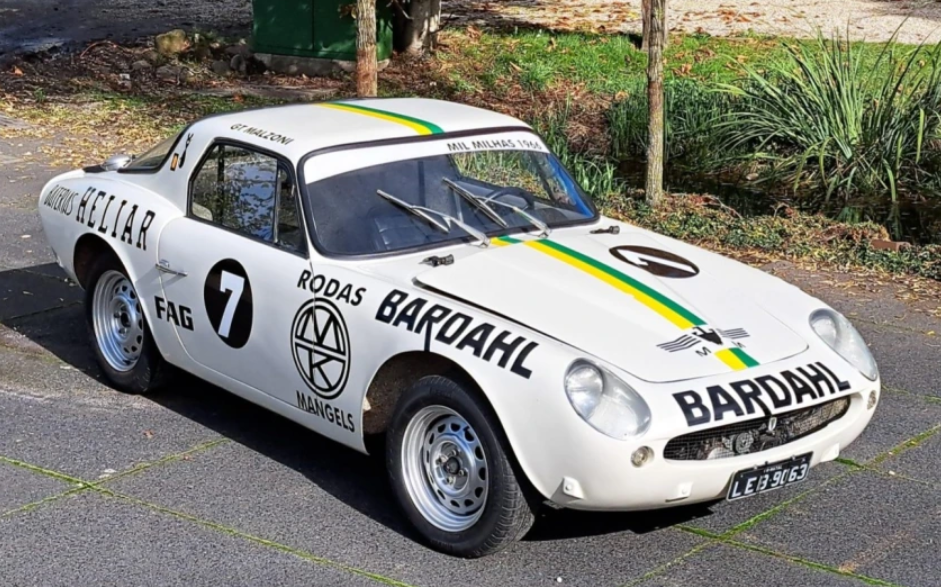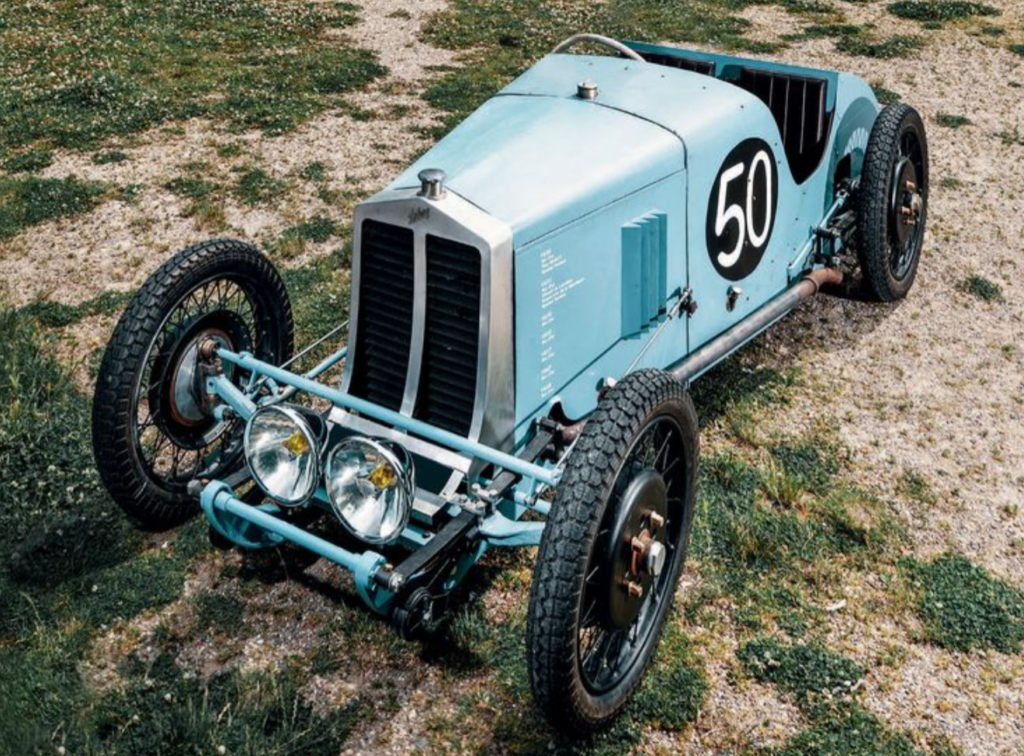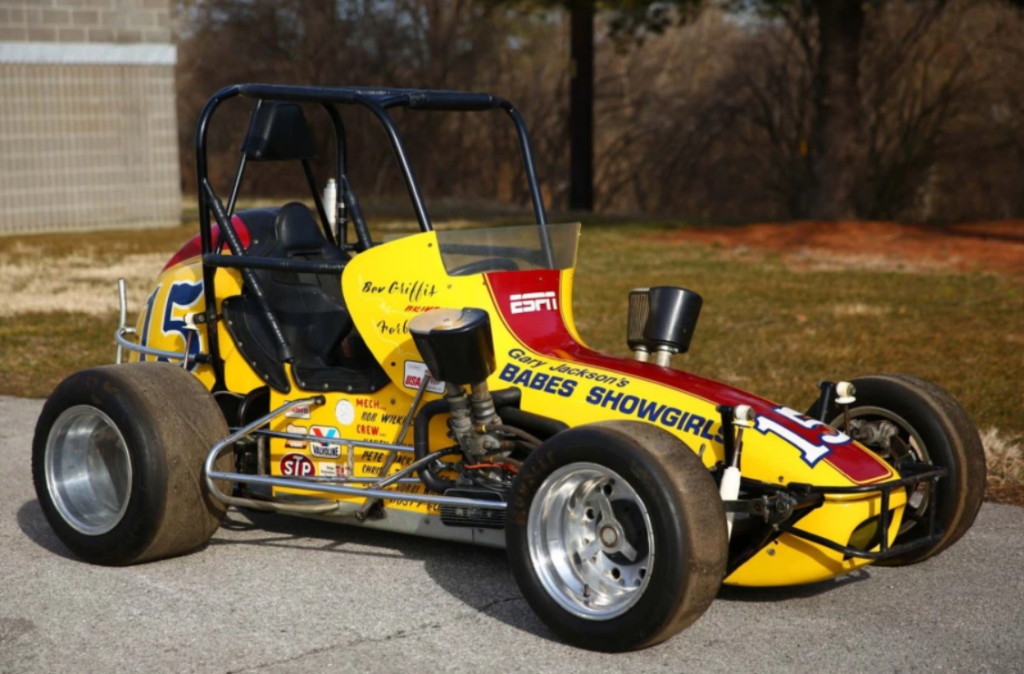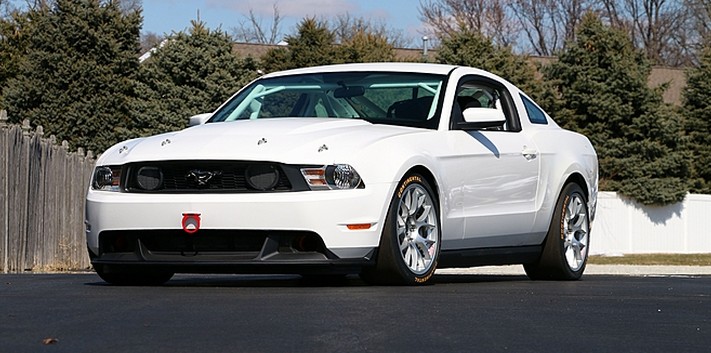1933 Rigling-Duesenberg Race Car
Offered by RM Sotheby’s | Miami, Florida | March 2024

Herman Rigling and Cotton Henning were chassis builders during the “Junk Formula” years at Indianapolis. And their racing chassis were logged as “Rigling” in the Indianapolis 500 box scores. The junk formula was supposed to ensure stock-ish engines (in some cases, very stock). No superchargers, limited displacement, etc.
That said, you could still build a scratch-built racing engine and meet the criteria. Enter August Duesenberg, who built a beauty that this car first ran with at Indy in 1931. This car’s Indy 500 history includes:
- 1931 Indianapolis 500 – 35th, DNF (with Babe Stapp)
- 1932 Indianapolis 500 – DNQ (with L.L. Corum)
- 1933 Indianapolis 500 – 13th (with Willard Prentiss)
- 1934 Indianapolis 500 – DNQ (with Harold Shaw)
Let’s keep in mind that this was running at Indy during Duesenberg’s glory years. For 1933 the car used an engine from a Duesenberg Model Y road car. That engine was damaged by a later owner, who tried to adapt it to accept a Model J engine. That project was never completed.
After a late-90s/early-00s restoration, during which the car was fitted with a Duesenberg Model A engine, it relocated to its current collection in 2011. There are not many Duesenberg-powered race cars out there anymore, and even fewer in private hands. This one has an estimate of $500,000-$700,000. More info can be found here.









